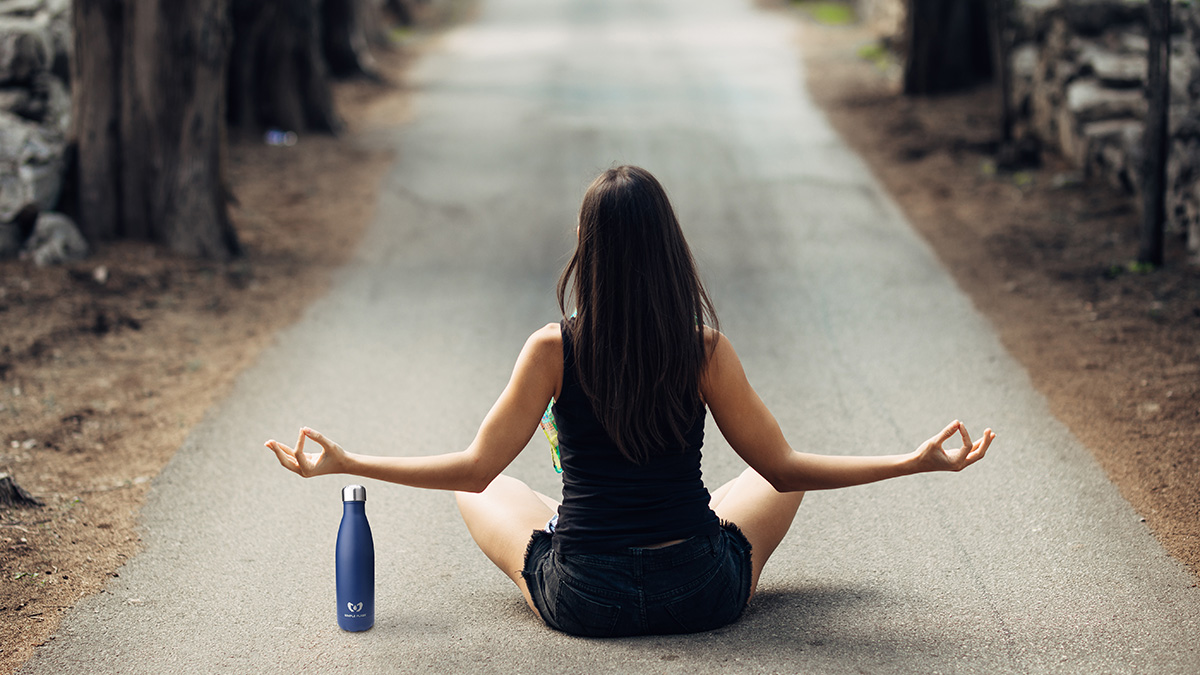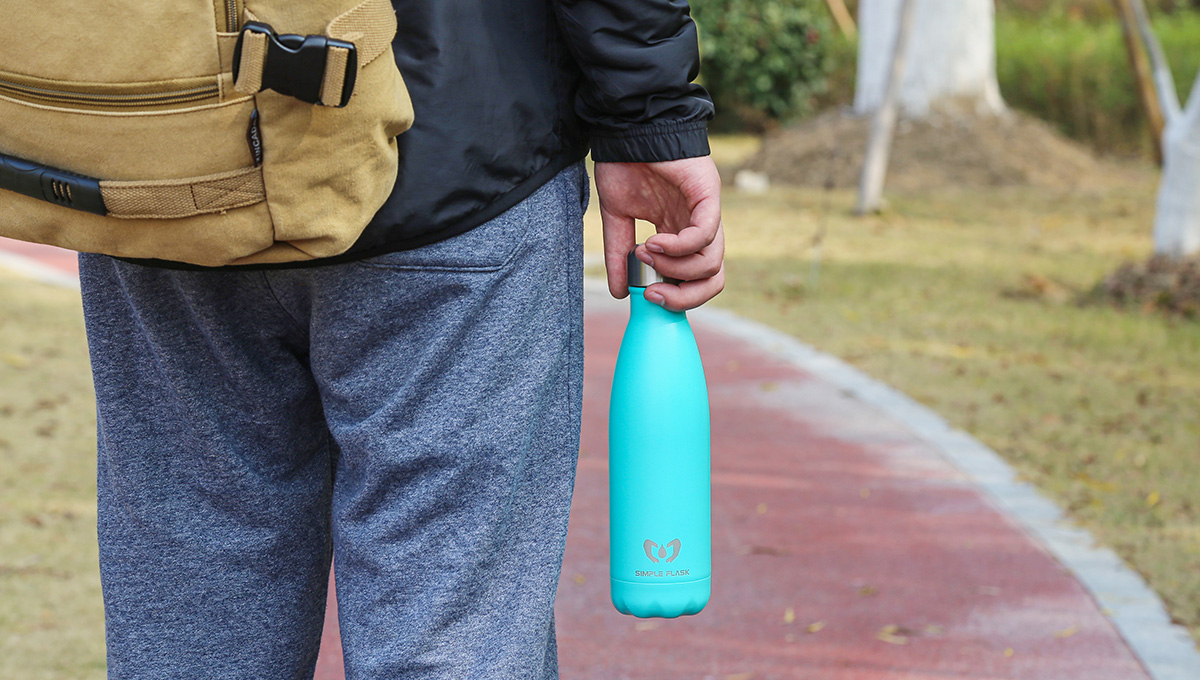Yosemite National Park is located in the western foothills of the Sierra Nevada Mountains in California. Covering an area of approximately 1,100 square miles, this park boasts world-renowned natural scenery, and has been included in the UNESCO World Natural Heritage List in 1984. It is always a pleasure to appreciate the beautiful landscape like that of Yosemite National Park if you have prepared properly. A well-planed trip brings joy and relaxation to you, so it is advised to read this brief travel equipment guide before setting off hurriedly.
1. Car
Yosemite Nation Park is a bit out of town and you definitely need a car to bring you together with the outdoor gears there. You can either hire a car or drive your own. May and June are the peak season of visiting Yosemite as travelers can enjoy the best view of this national park of the year. So if you decide to go and visit Yosemite during May or June, you should really arrive in there earlier in the morning as parking will be delicate bothering you for sure. Also, you should order the tickets in advance otherwise you may have a wasted journey.
2. Tent
There are several inns and hotels around the park offering accommodation services, but the rooms of them at least charge $200 for one night. The high accommodation expenses is not favorable for every one, hence the adoption of low-cost tents. In Yosemite National Park there are several designated camping sites where you can put up a tent and take a rest after a day’s tiring yet interesting journey. If you are an adventure lover, you can camp out in the wild only for temporary rest in the daytime and ought to return to the safe base camp. Some tourist arriving solo may also use a sleeping bag for a night.

3. First Aid Kit
The first aid kit is an indispensable partner during your trip, which offers you timely assistance when you come across something urgent and fail to contact the medical team in a short time. For example, if a friend of your team was tripped and fell scratching his knees when your whole team was climbing the Mt. Lyell (a famous mountain of the Yosemite National Park), you can then take the povidone iodine solution out from the first aid kit and swab the solution with his bleeding knees in case of further infection and inflammation. In this way, his situation would not continue to be worse and he could feel less pain. The following is the common contents inside of a first aid kit:
- First aid guide
- Tweezers and scissors
- Disposable surgical gloves
- Pain killers such as aspirin
- Bandages
- Band-aid
- Disinfectant
- Normal saline
- Cotton balls
- Absorbable hemostatic gauze
- Pill box
- Antidiarrheal
- Electronic clinical thermometer
We sincerely hope that you will never use any items inside of the kit, but if you have to, you should talk to the injured (if possible) to figure out the related cause and check it on the first-aid guidebook for corresponding treatments. Some hikers would put ointments such as mosquito repellents into the kit and use them to stay away from annoying and sometimes deadly insects.
4. Stainless Steel Water Bottle
When it comes to various adventures like hiking, mountain climbing and skiing, there is one item that will never be forgotten or left — water bottles. While some people prefer the lightweight and fancy design of plastic water bottles, the majority of outdoor sports fans chooses to take along stainless steel water bottles.
Stainless steel water bottles boast outstanding heat retaining capability due to the double-walled stainless steel structure, which shines bright especially during a long trip. The long-lasting temperature of hot water or of cold drinks allows travelers to enjoy their hydration wherever they go. As for plastic ones, they are not endowed with such a magic property and are thus beaten heavily. In addition, the durability of stainless steel water bottles are perfectly suitable for outdoor adventures during which the bottle may bump against sharp and sturdy objects like gravels, rocks and pitch. The strong and tough material of an insulated stainless steel water bottle is capable of withstanding scratches and rust, which is also unlikely for a plastic water bottle to realize.
For most of the adventure enthusiasts, priority is given to safety of their own as well as their equipment. A quality gear offers great help but an inferior and unsafe tool does the opposite. Stainless steel water bottles, made by eco-friendly material, are entirely BPA free and can be used carefreely! On the contrary, plastic bottles more or less contain BPA, posing threat to the safety of travelers.
Simple Flask, the best hiking water bottle
When picking up insulated stainless steel water bottles, you are supposed to choose a quality bottle of a large volume so that you do not have to refill the bottle frequently. Simple Flask Cola-shaped water bottles provide you with a capacity of 25 oz, adequate for your one-time hydration. Frankly speaking, our bottles of premium quality dwarf counterparts on the market. Why not have a try?
5. Bicycle
In the Yosemite National Park there are even and broad roads connecting different scenic spots like the Lower Yosemite Fall and the Glacial Point, which provides riders a wonderful place to ride bicycles. Getting on a bike enjoying gorgeous views around you is a kind of relaxing and cosy feeling that is almost indescribable! The tranquility and harmony of the nature is presented to you originally without any reservation. Virtually, when you are traveling in Yosemite on a bicycle, you will put all the worries aside indulging yourself in this wonderland.
Therefore, if it is convenient for you to bring a bike, you should really take that into consideration, which is healthy and offers you a totally brand-new experience.
6. Binoculars
Meandering in Yosemite, you are exposed to a kaleidoscope of wonderful scenes. And sometimes you can not take a close look at them due to various reasons such as safety and geographic distance. For example, Upper Yosemite Fall and Lower Yosemite Fall, the two tallest falls in the United States, are advised to be observed from afar. Yes, with naked eyes you can enjoy the spectacle, but with the assistance of binoculars you will have a greater angle appreciating the glorious falls. Besides, by enlarging the opening angle of objects in the distance, binoculars enable you to see mountains and the Valley of Yosemite National Park clearly and effortlessly. If you got a high power lens you may even capture vivid scenes of coyotes hunting marmots or hares.
7. Flashlight
Flashlights allow you to explore the nature at night, without which you are expected to get lost or even come across dangers like the sudden attack of wild animals and the swallowing swamp. Apart from that, the practical electric torch can be used as a pocket survival tool shining luminously through which people such as emergency relief workers can spot you or lock your position swiftly.
When it comes to flashlights, the first thing for you to consider is the light level. Just remember, the brighter, the better. But the battery life should also be considered as it is often the case that a flashlight of brighter light consumes power faster. Because you take the flashlight into a wild world (the Yosemite), you should make sure that the one you have bought is water-proof, anti-impact and portable so as to tackle with potential problems in the field.
8. Trekking Pole
When you are climbing the Mt. Dana or walking on the Glacier Point, a trekking pole enables you to climb or walk much more easier and steady. It has been proved by scientists that using a trekking pole during hiking can lessen at least 22% of the burden originally laid on legs, muscles and joints. As a result, you can feel more comfortable with the help of it. What’s more, if you are equipped with two trekking poles at the same time while walking, a greater balance and stability can be achieved. A trekking pole can do more than that, for instance, if it starts to rain in the national park and you can not find proper natural wood poles to build a canopy, don’t forget the trekking poles in your hands! The strong pole with remarkable intensity is an ideal option to pillar the canopy without any physical deformation. So next time you don’t have to turn to natural tools!
9. Mountain Jacket
Mountain jacket, also known as the Hard Shell, offers comfort, warmth and extra support for your hiking. In the Yosemite National Park the large temperature difference between day and night indicates that you must wear proper clothes that are both easy to put on and wear off. And the jacket you plan to wear should be practical to deal with all kinds of issues in the wild. For example, if it is a mountain jacket with many pockets, you can put several small yet useful tools onto the pocket so that you will obviate the need for rummaging them in your heavy and big-capacity backpack. Believe it or not, a mountain jacket of premium quality is a good start!
10. Hiking Backpack
Here we come to the last item, namely, hiking backpacks. A quality hiking backpack is conducive to easing the burden on your shoulders and holding more articles at the same time. If you are determined to purchase a backpack before visiting Yosemite National Park, you should take into account the two factors below.
There are different types of backpacks in terms of their uses. Some are especially designed for long journeys featuring big loading capacity and extraordinary durability, while some are applicable for either daily shuttling or short journeys presenting lightweight and compactness. For a two-day trip to Yosemite National Park, a smaller and less professional backpack is enough, and you can save this amount of money buying other gears.
The other factor is comfort. Comfort plays a crucial role in deciding the choice of hiking backpacks. If you feel comfortable shouldering the backpack filled with items while walking, you can put it on your shopping list. Do not rush to make a decision as the fabric breathability should also be pondered. You unquestionably hate a sweating back and shoulders during hiking so it is advised to check out related information about the fabric breathability of the chosen backpack.
Conclusion
In this brief travel equipment guide for a two-day trip to Yosemite National Park, we list 10 useful and practical items for your reference. It is believed that with their companion, you will spend a wonderful time there.





